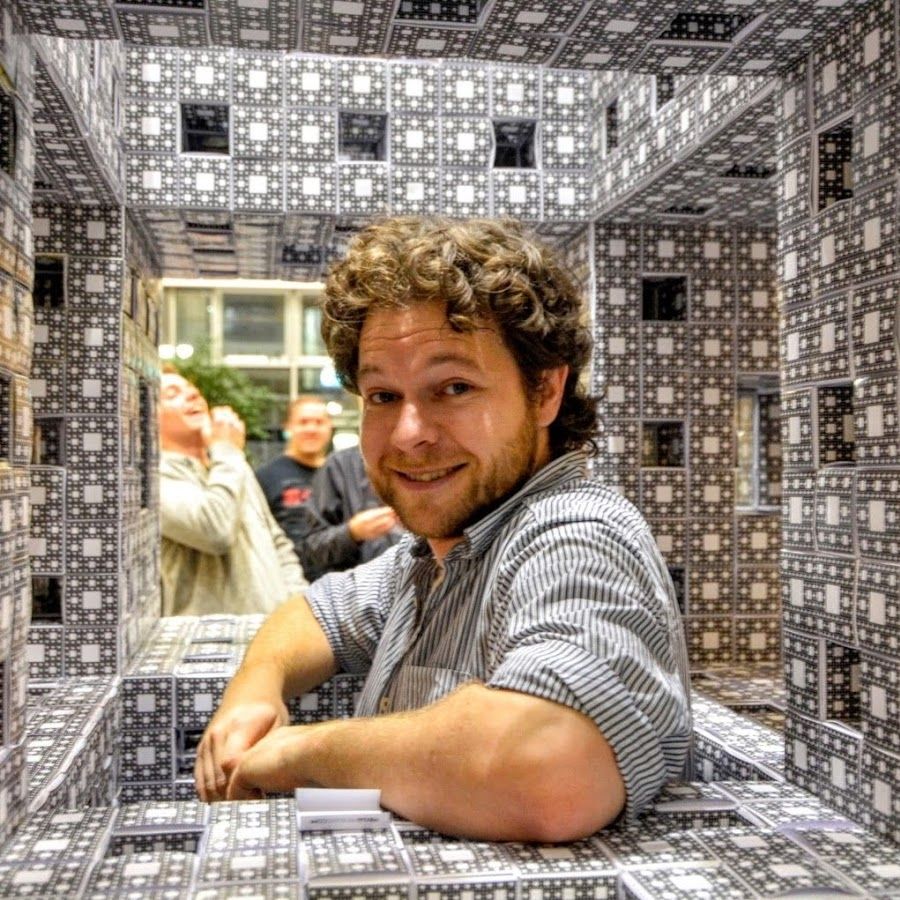Ben Sparks
@sparksmaths.bsky.social
3.4K followers
330 following
200 posts
Mathematician, Musician, Speaker, Teacher. Freelance - MEI - Uni of Bath
Working with @Numberphile @MathsInspiratn @TMiPUK and on YouTube @SparksMaths
Get in touch and/or book me for a maths talk or workshop:
www.bensparks.co.uk
Posts
Media
Videos
Starter Packs
Reposted by Ben Sparks
Reposted by Ben Sparks
Ben Sparks
@sparksmaths.bsky.social
· Sep 4
Ben Sparks
@sparksmaths.bsky.social
· Sep 3
Ben Sparks
@sparksmaths.bsky.social
· Sep 3
Ben Sparks
@sparksmaths.bsky.social
· Sep 3
Ben Sparks
@sparksmaths.bsky.social
· Sep 3
Reposted by Ben Sparks
Reposted by Ben Sparks
Ben Sparks
@sparksmaths.bsky.social
· Sep 2
Ben Sparks
@sparksmaths.bsky.social
· Sep 2
Ben Sparks
@sparksmaths.bsky.social
· Sep 2
Ben Sparks
@sparksmaths.bsky.social
· Sep 2
Reposted by Ben Sparks
Ben Sparks
@sparksmaths.bsky.social
· Aug 25
Ben Sparks
@sparksmaths.bsky.social
· Aug 19
Reposted by Ben Sparks
Talking Maths in Public
@tmip.bsky.social
· Aug 11
Reposted by Ben Sparks
Ben Sparks
@sparksmaths.bsky.social
· Jul 18










